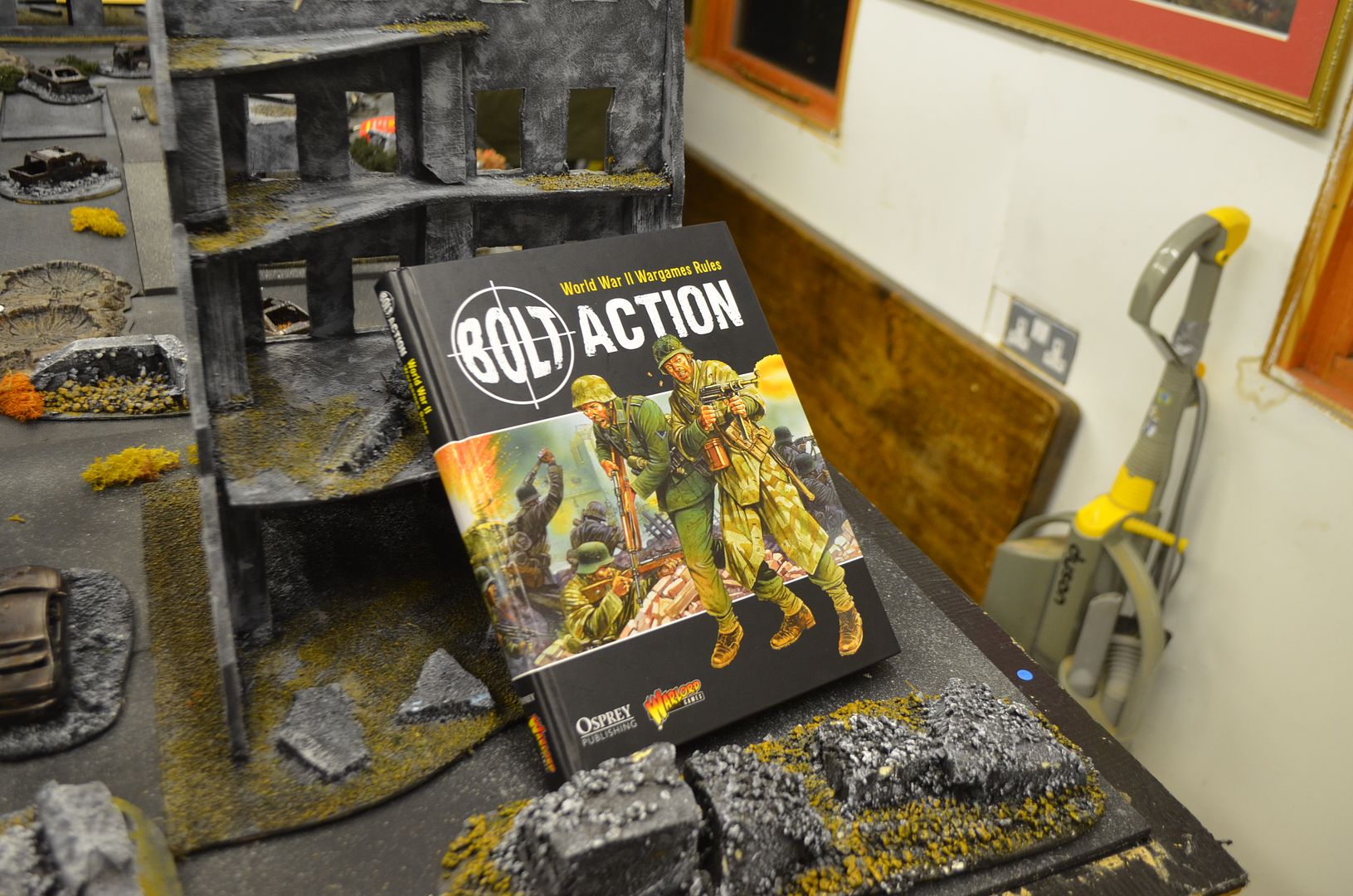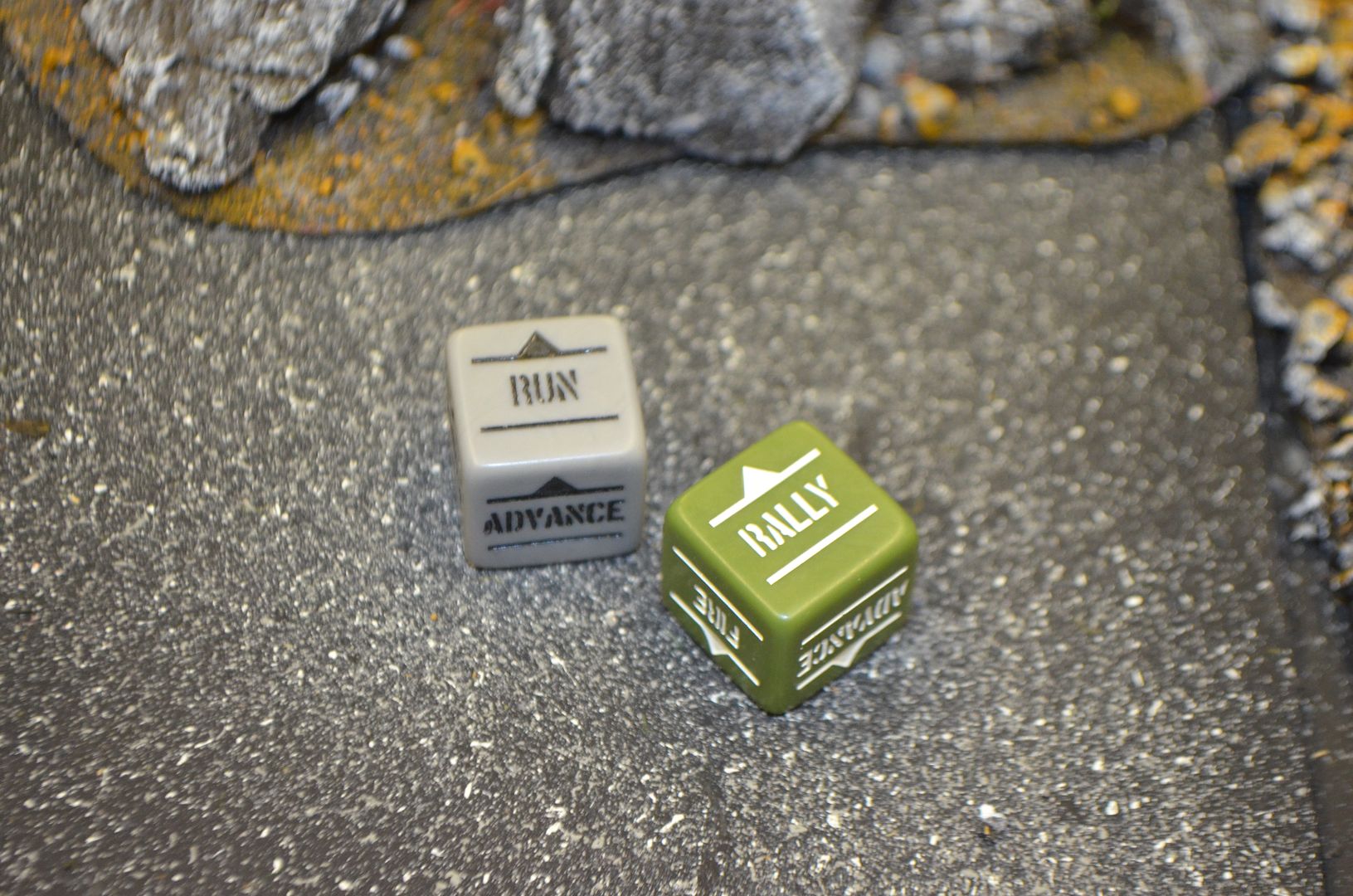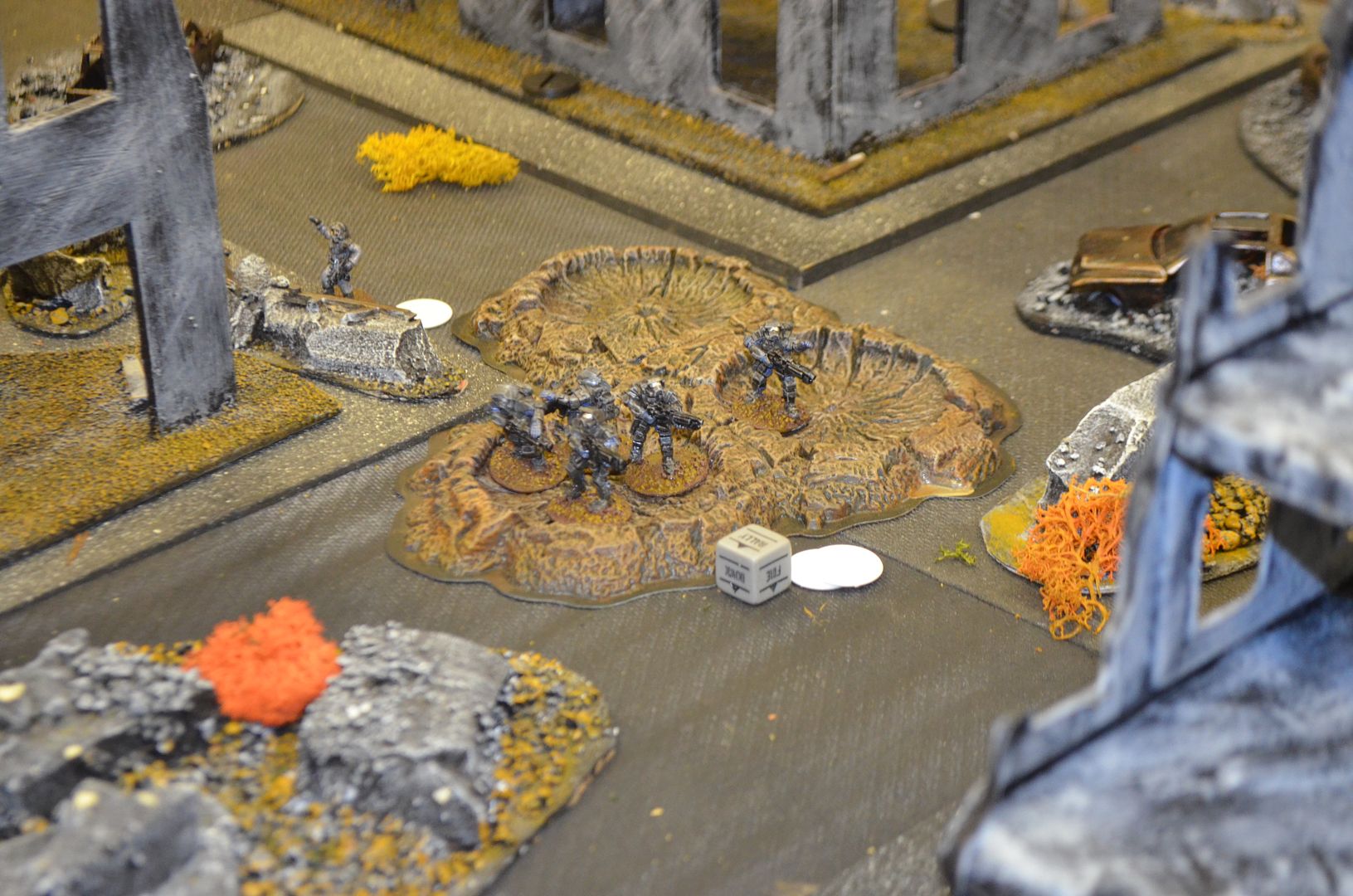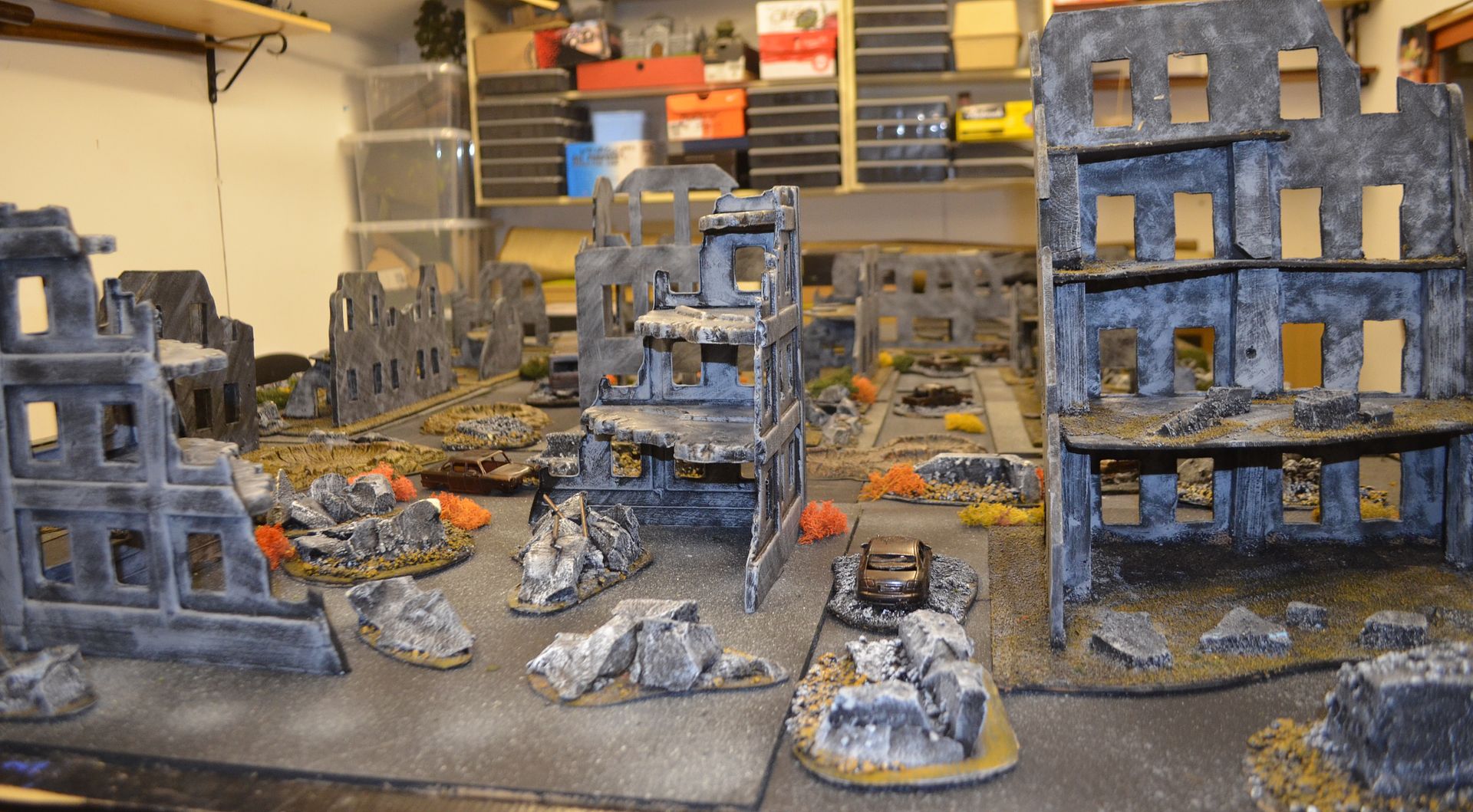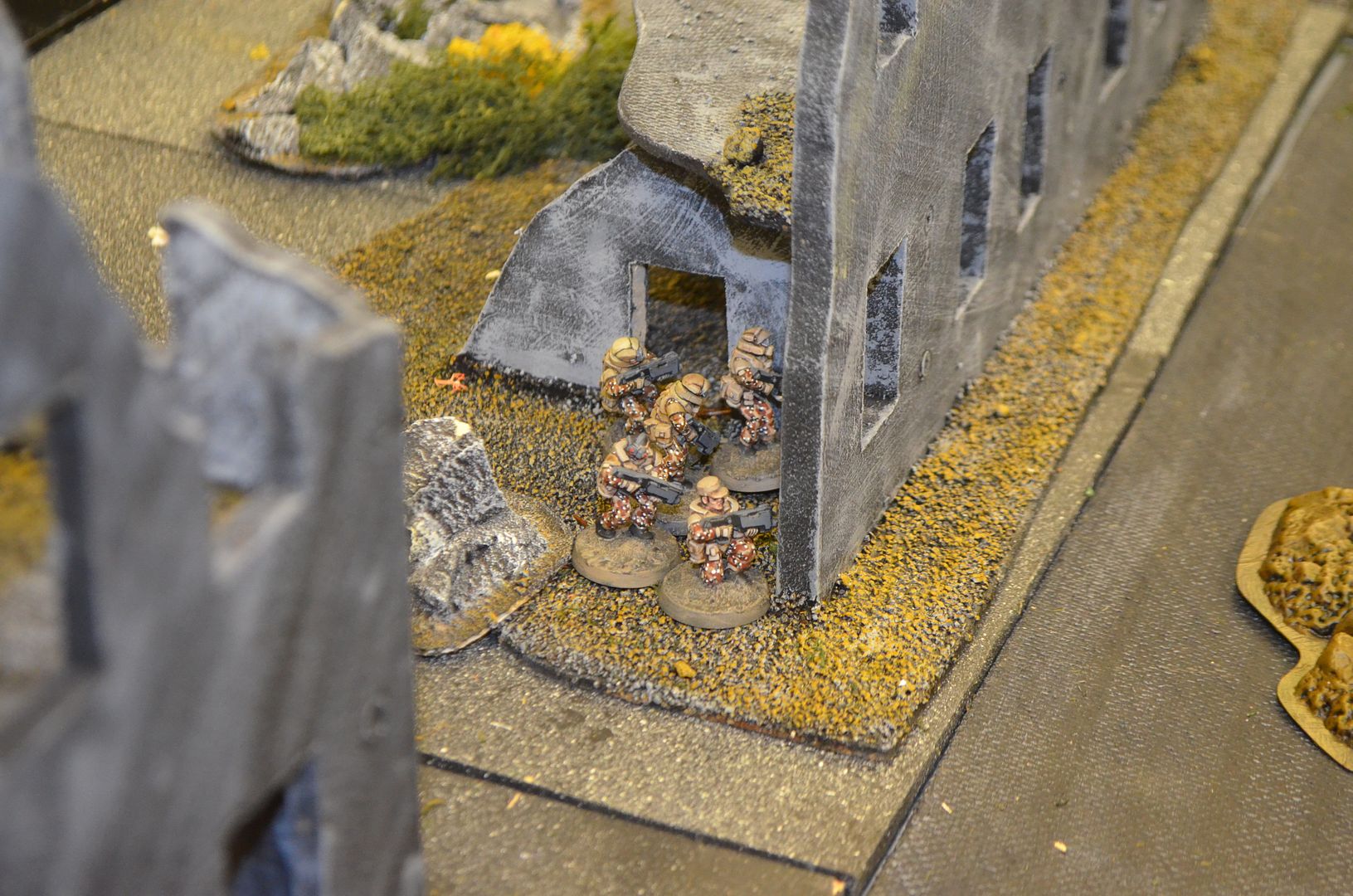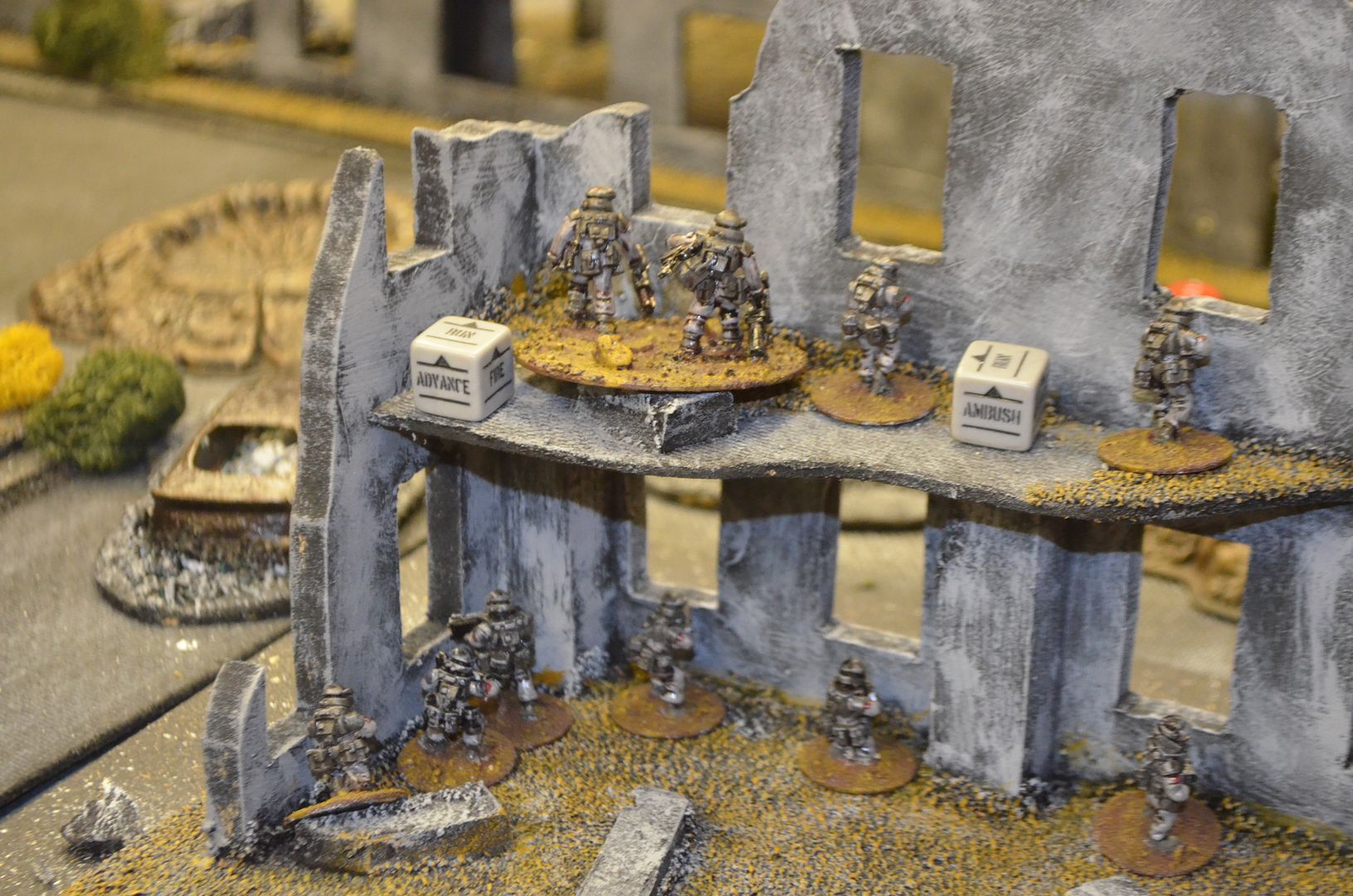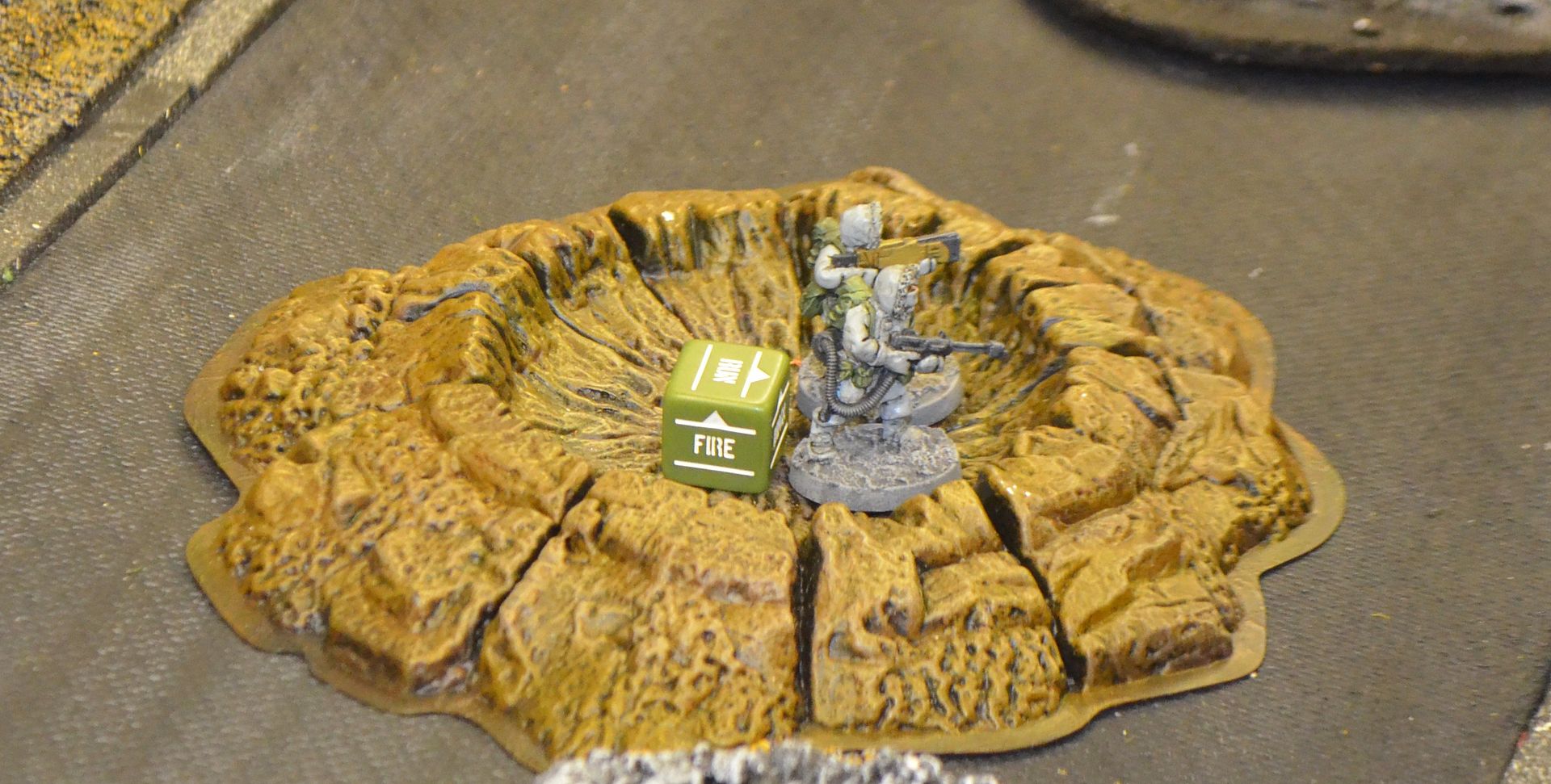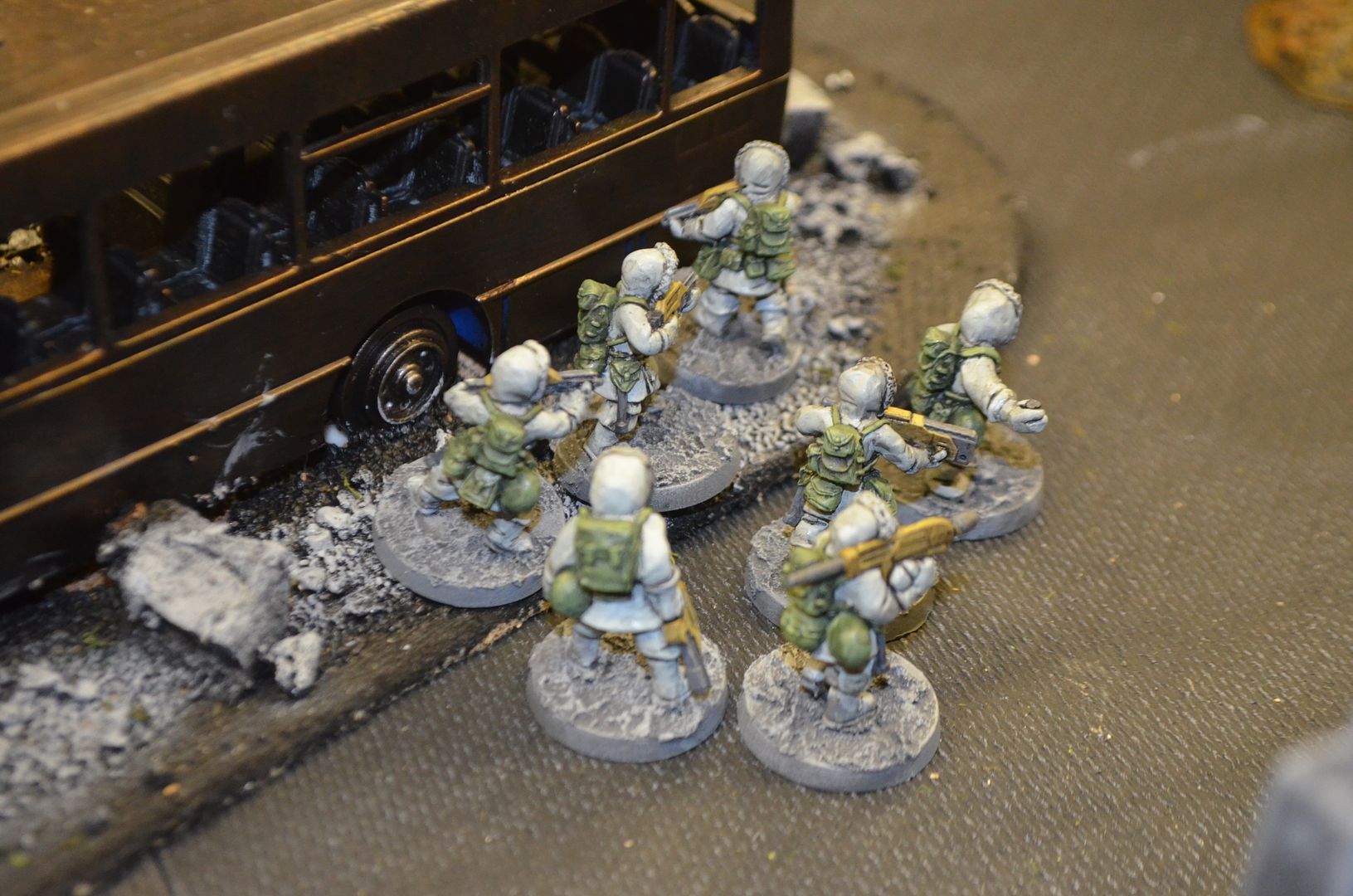A couple of weeks ago the gauntlet was thrown down on the Lead Adventure Forum to construct a terrain feature title ‘water’....rather foolishly I have accepted this challenge and rather brazenly stated that I would build the coastline for my Pirate island. I have plenty of ideas of what needs to be constructed but the biggest issue is going to be one of time. It needs to be completed by the first week of January.
With work, Christmas and a holiday abroad starting on boxing day I need to complete this in the next four weeks !
With a fair wind and perhaps cutting some corners I might be able to just pull this off.
In summary I need to build along the shore (with of course associated water elements)
· the cliff and the lighthouse
· the harbour walls
· the rocky promontory complete with pirate fort
· the sandy shore & palm trees
· the estuary (this will connect to my river)
OK my first job is already complete - the table is now covered in blue vinyl floor tiles so this will form the basis of the sea, my static grass ‘land’ boards sit on top of this allowing me to alter the coastline as I see fit, or I can just remove them all and play naval battles.
If time permits I will also construct some features for the sea (eg waves, denizens of the deep, whirlpools etc). The picture of the board below illustrates the ground I need to cover. It’s about 3 metres in total.
Whilast I had the land up and running I thought I would buiild the hinterland of crags, mesas, jungles and waterfalls...please indulge me as I got carried away
So you can see above I need to make a marshy estuary....
 |
| Blue Vinyl Sea The Land meets the Sea |
If time permits I will also construct some features for the sea (eg waves, denizens of the deep, whirlpools etc). The picture of the board below illustrates the ground I need to cover. It’s about 3 metres in total.
Whilast I had the land up and running I thought I would buiild the hinterland of crags, mesas, jungles and waterfalls...please indulge me as I got carried away
 |
| Some rocky hills |
 |
| The river and falls |
 |
| jungle appears |
 |
| river in the jungle |
The good news is that I started at the weekend and the rocky outcrop for the Pirate fort is underway. This will be constructed from foamcard.
The trick to building this fort will make it dominant and functional as a playing piece whilst at the same time ensure that it is small enough to both store and enable other terrain to play their part in table top action.
I decided that each of the features would be based on one of my standard 50cm x 50cm Mdf tiles.
A full blog page will be deveoted to the development of each of these features as they come along.
Given that no coastline would be complete without a lighthouse heres one we rescued from my sons old toy pile.
And of course a harbour is required...again the walls come from the toy cupboard.
Given that we are talking about water it would be unfair not to include its denizens...of course these will be dressed with waves etc
As progress develops I will update the blog as frequently as I am able...



















